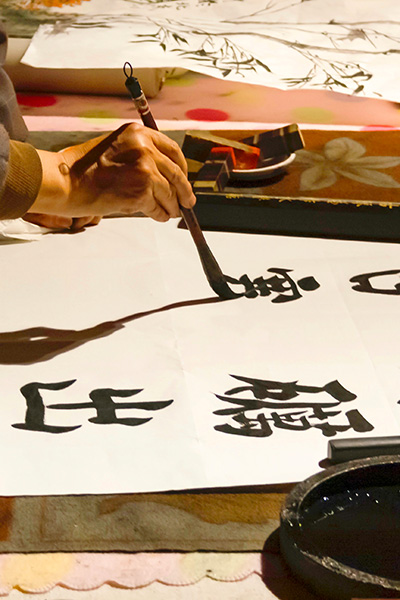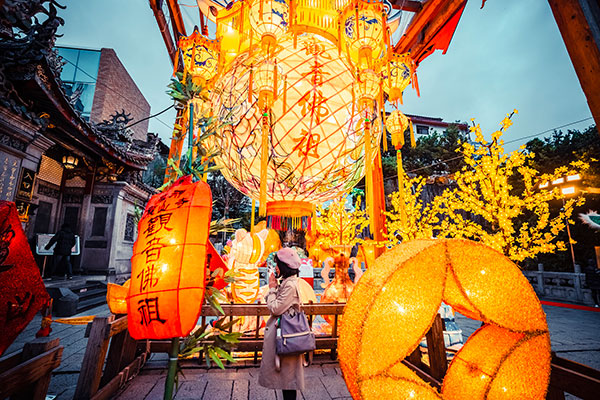Asian language translations: traditional and simplified Chinese
Asia is a land boasting a wealth of languages that are both wonderful and wonderfully complex, languages that have retained an air of mystery throughout the ages.
Here at Soget Est, we have been specializing in the translation of Asian languages for years and look to the East with great fondness. Over the years, we have developed specific expertise in professional translation from and into the three most widely used languages in Asia: Chinese, Japanese and Arabic.
This short guide is designed to provide a little insight into the history, main linguistic characteristics and the various aspects that make Chinese such a fascinating language





